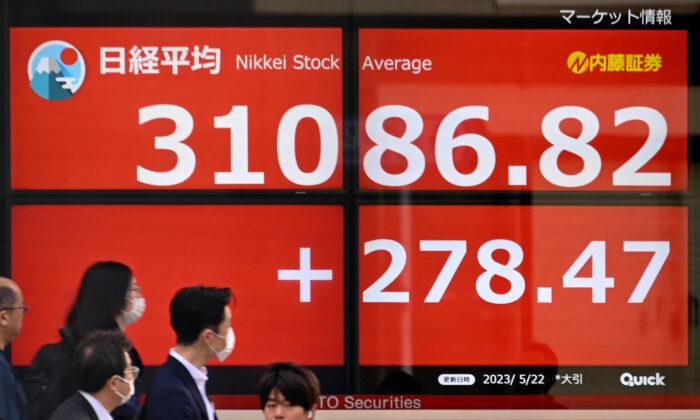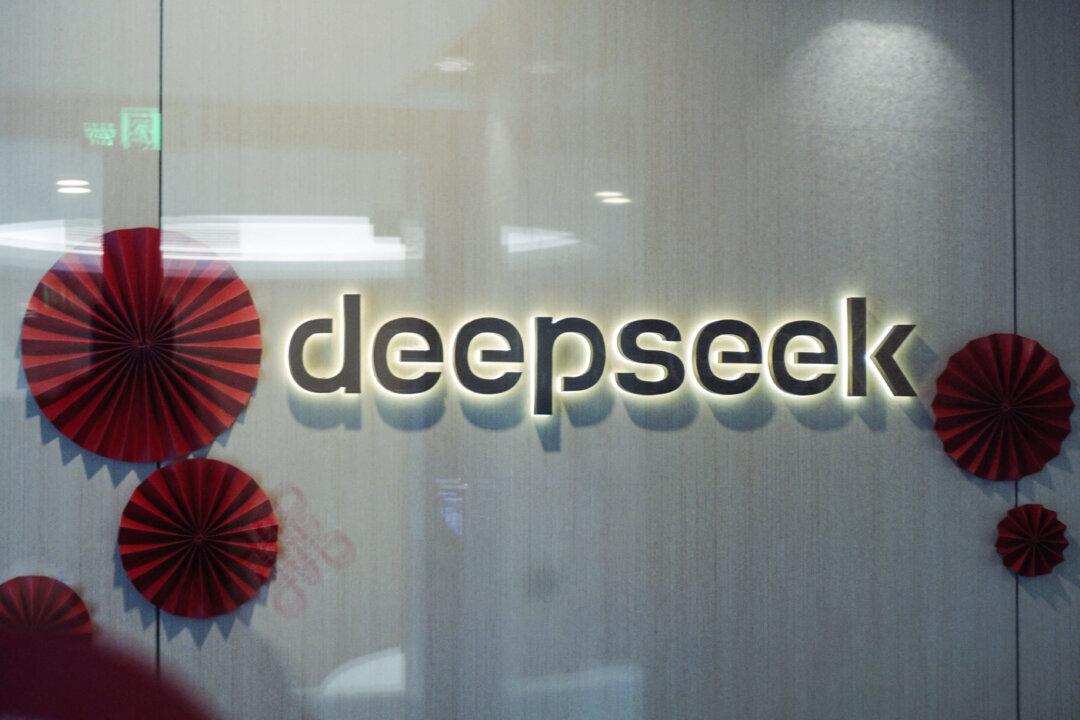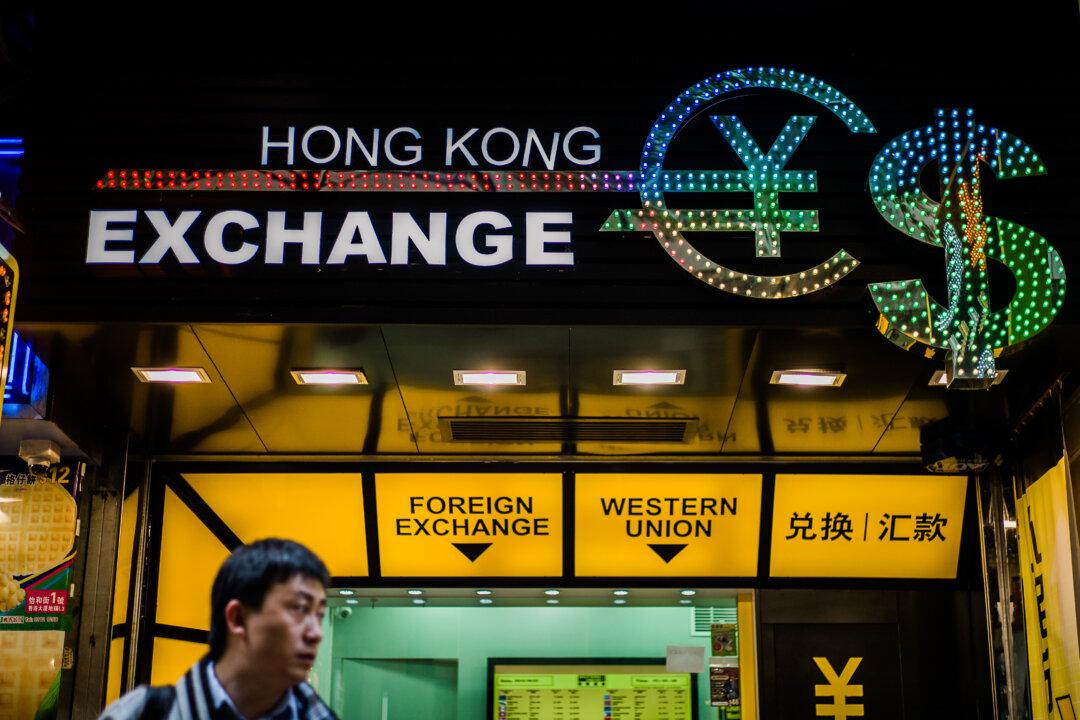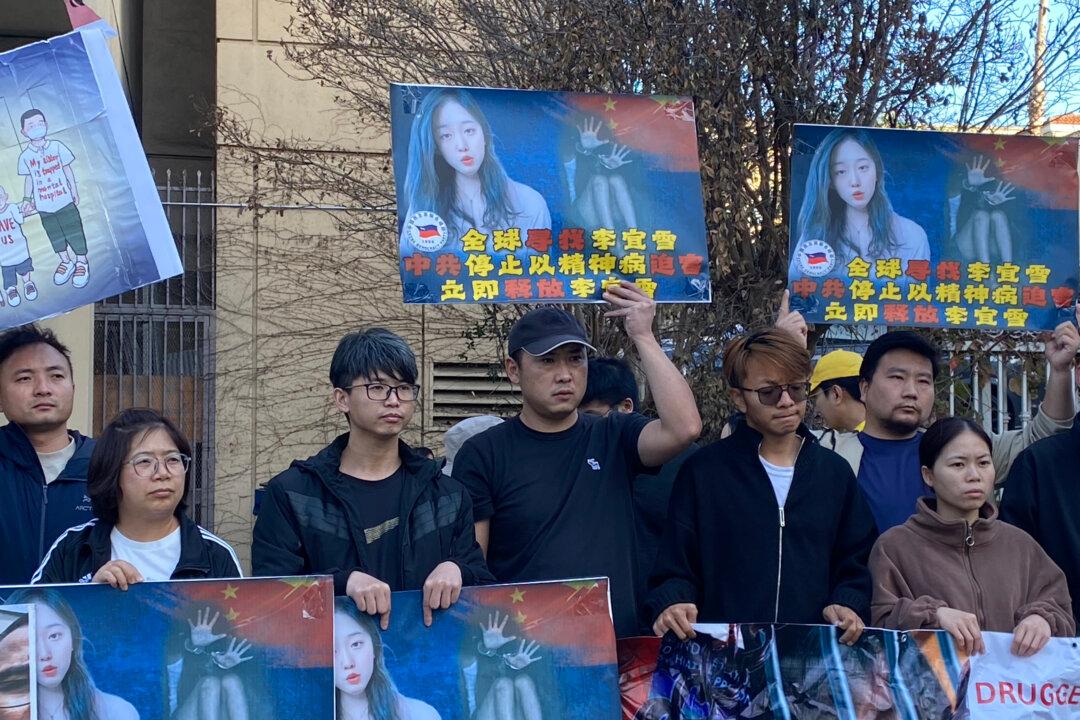Global chip makers are expanding their operations in Japan as the East Asian nation’s economy recovers from a 30-year low.
With investors frustrated by the global market downturn, Japanese stocks stand out. According to data compiled by Bloomberg, Japan’s market value has surged by about $518 billion since its low on Jan. 5.
Global chip makers have also decided to expand their operations in Japan as the stock market has risen.
Ahead of the G-7 summit, Japanese Prime Minister Fumio Kishida met with the heads of the world’s seven largest semiconductor companies in Tokyo on May 18. The seven companies—Taiwan Semiconductor Manufacturing, Samsung Electronics, Intel, Micron, IBM, AMAT, and IMEC, a Belgian semiconductor developer. It is rare for the heads of the world’s seven semiconductor giants to meet in one place.
During the meeting, Kishida expressed his hope that companies will expand their direct investment in Japan and he said that the Japanese government will provide support to the semiconductor industry.

‘Sleeping for 30 Years’
Japan’s economic recovery has surprised the world, reviving a nation that has been described as “sleeping for 30 years.”Beginning in 1986, Japan’s monetary and interest rate policies led to a speculative boom and rapid economic expansion, especially in the stock and land markets. The Nikkei 225 stock index rose 197 percent in four years from 13,083 in late 1985. Back then, the total land price of 23 districts in Tokyo was enough to acquire the entire land of the United States. But as rising asset prices were not supported by industry, the bubble burst when Japan’s economic indicators reached unprecedented levels.
The Nikkei hit an all-time high of 38,916 at the end of 1989 and has since fallen. By March 1992, the Nikkei was below 20,000; In August 1992, it fell further to around 14,000, wiping out a lot of paper assets in just a year or two. By its lowest point of 6,994.9 on Oct. 29, 2008, it was down 20 years and more than 82 percent. Then it eased up a bit.

In 1990, the Japanese government imposed controls on land finance and mortgage purchases. The Bank of Japan then adopted a policy of financial tightening, which caused the bubble to burst further. With the rapid decline in land prices, loans secured by land appeared to be at great risk. At that time, bad loans at major Japanese banks were exposed, dealing a severe blow to the Japanese financial sector. All capital investment objects have appeared too late to get out of the “trapped family”, with many companies going bankrupt and people ending up unemployed.
The Warren Buffett Affect
American investor Warren Buffett was an early bull on Japanese stocks, and the multi-billionaire has been described as instrumental in Japan’s economic recovery. In 2020, his investment group, Berkshire Hathaway, spent $6 billion on five Japanese companies in August and added about $2.4 billion in additional stock in November.The five Japanese business houses that Buffett bought were Marubeni, Mitsubishi, Mitsui, Sumitomo, and Itsuchu. Over the past three years, the share prices and earnings of the companies have done well, with Marubeni more than tripling, and Mitsui and Mitsubishi more than doubling.
His bullish stance on Japanese companies has been credited in part with encouraging foreign investment in Japan.

Stance Against Beijing
Yuwen Ming, an economic researcher at the Hong Kong Institute of Finance and Commerce, believes that a reason for Japan’s reemergence is its stance against a more belligerent communist China.The performance of Japanese defense stocks has been very bright recently, Yuwen told The Epoch Times on May 24. The stock of Mitsubishi Heavy Industries, the biggest defense stock in Japan, has soared since last year, and the five companies Buffett chose embody defense stocks.
In late 2022, Japan’s cabinet approved a record annual budget, including a 20 percent jump in the military budget to 68 trillion yen ($55 billion). The main purpose of Japan’s increased military budget is to counter an increasingly assertive China and an unpredictable North Korea.
During the Trump era, the strategic focus of the United States began to shift to the Indo-Pacific, and checking the aggression of the Chinese Communist Party (CCP) gradually became a concern for many nations.
Due to former Japanese Prime Minister Shinzo Abe’s staunch anti-communist stance, Japan has become an axis of the U.S. Indo-Pacific strategy as it is involved in almost all U.S. alliances in Asia, he said.
“The current world pattern is undergoing great changes, among which the U.S.-China confrontation is the main line,” said Yuwen.
“The United States is far more worried about the CCP than it is about Russia,” he said.
“As the world pattern changes, global wealth will also reshuffle. By standing firmly with the United States and assuming an increasingly important role, Japan has won not only the support of the world’s major powers but also its wealth.”





